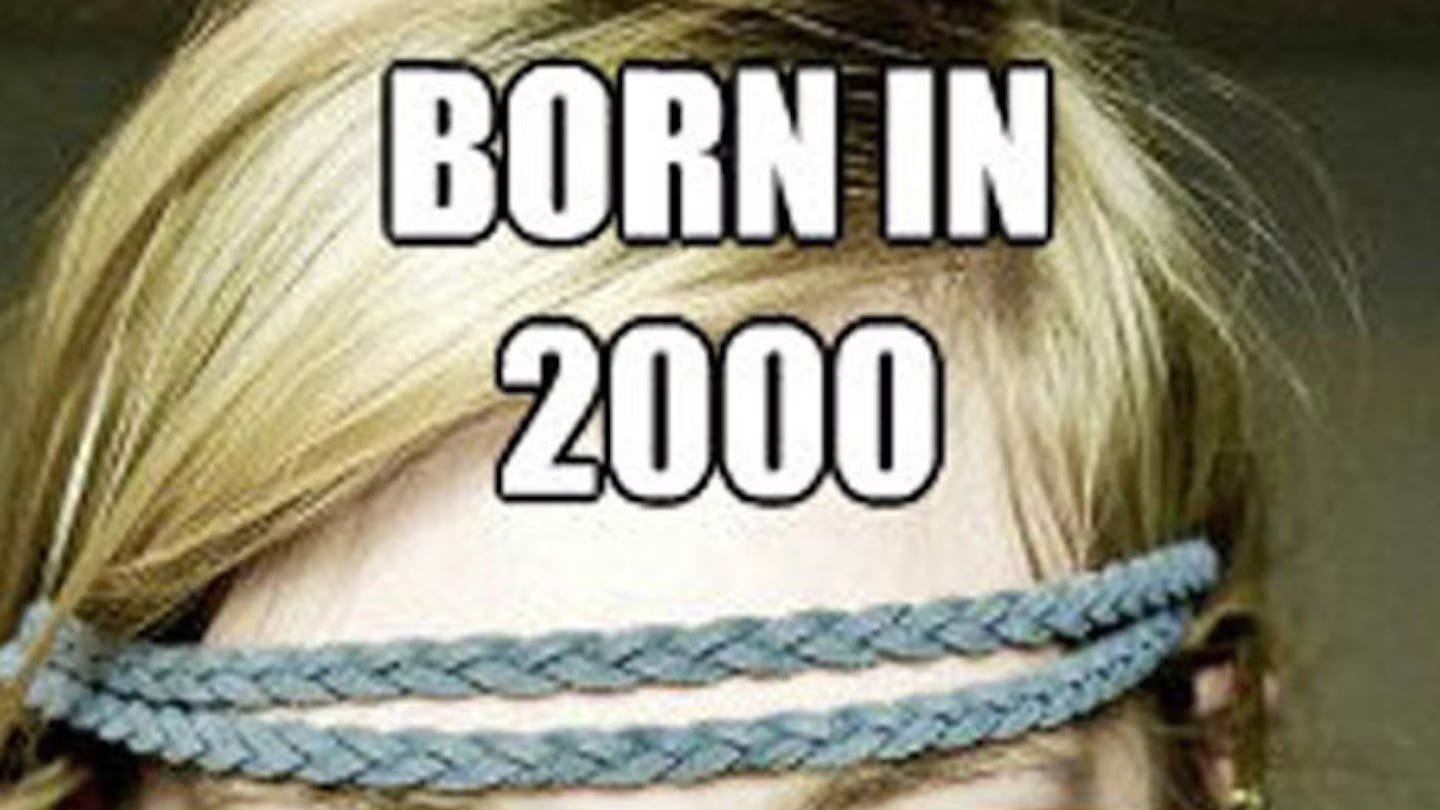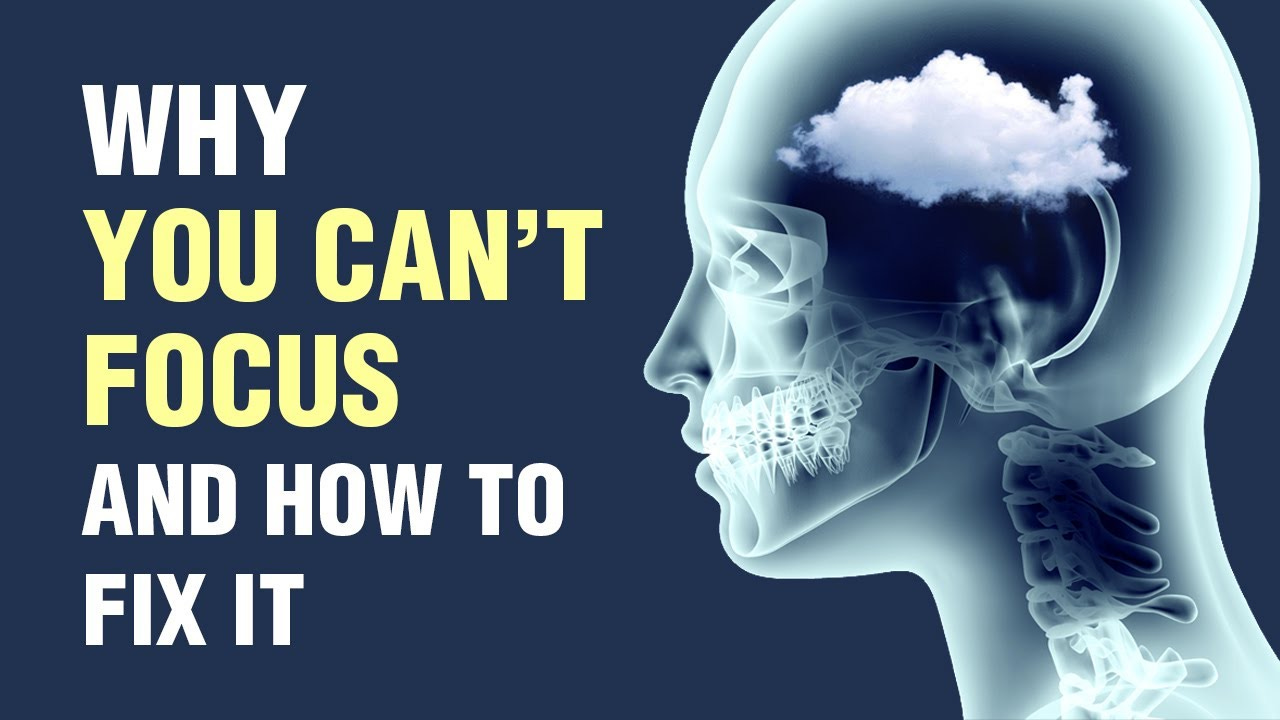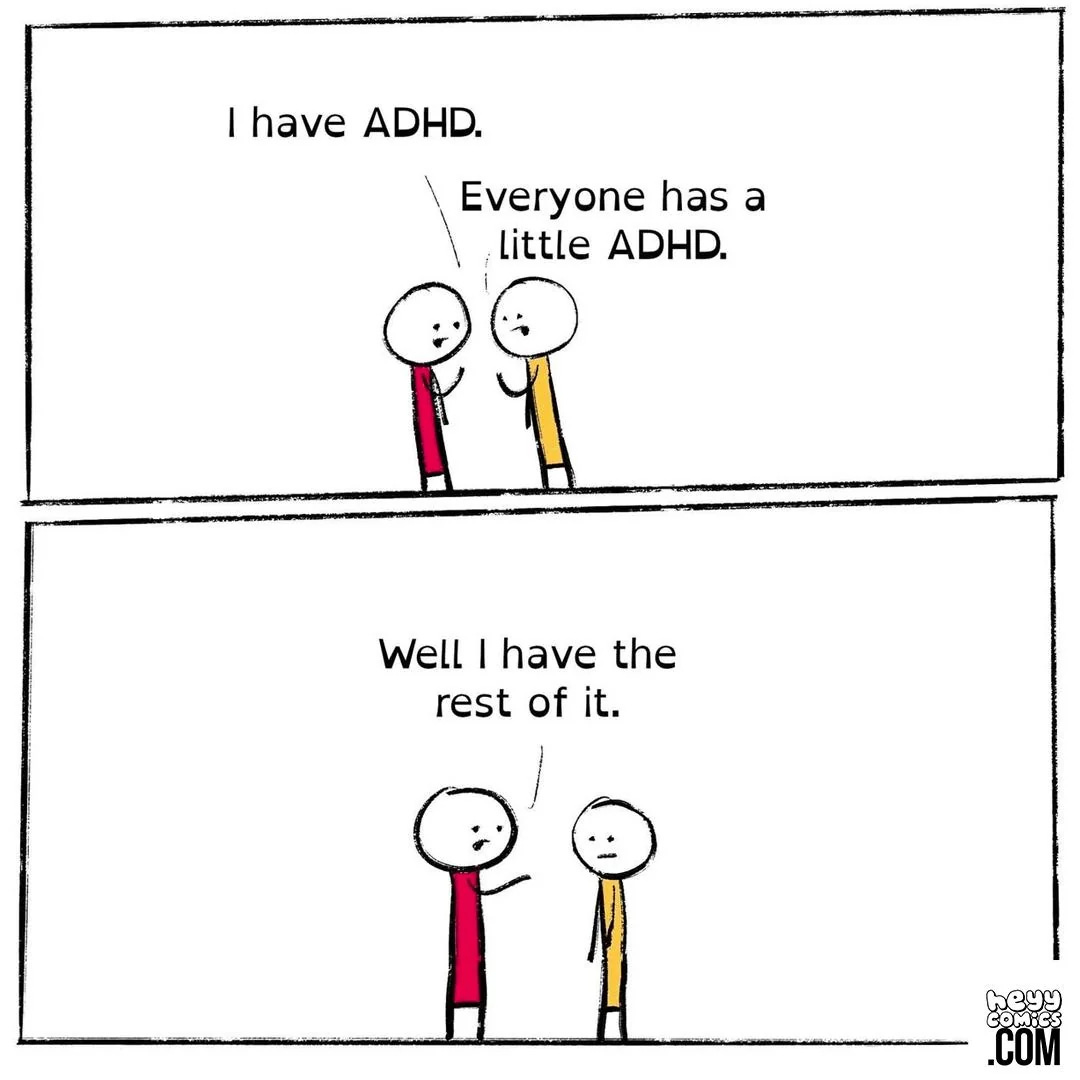Part 1. This Is My Survival Document.
Digital space is the only architecture that some can survive because pathology simply cannot hold us anymore. Or, it never did.
This piece was written in response to an article exploring ego states and dissociation in relation to digital life, written through the lens of clinical psychology.
I really didn’t intend it to be this long - oops. But don’t be cry, it is okay.
I separated it into pieces so that the scope is understood, that the length is not for the sake of it, but rather to demonstrate the recursion, the mapping and the cognitive cartography of which I now know is innate to my thinking, and thus, my writing.
Here are the contents so you can CTRL-F if you are interested in certain parts.
Piece One (In this post)
First, Context.
Why I Am Similar to the Internet (and maybe you are too)
How I Experienced Being "Clinically Unwell”
Social Difficulties
Changes in Speech
Difficulty Learning
Difficulty Concentrating
Dissociative States
My Drugs, And My Therapies
EMDR, DBT, ADHD, Lamotrogine.
Being Allowed To Think.
Piece Two (link here, or at the bottom of the post)
The Myth of Intensity as Diagnostic
Digital Survival Logic Is Not a Metaphor
The Directional Self
Depersonalisation Is Not What You Think It Is Here
Platform Logic and the Illusion of Autonomy
Algorithmic Pressure as Directional Force
This is Coercion, Not Freedom.
Integration Is Not the Goal
Digital Native Influencers Versus The World
The System Is the Disruption
Visibility At Scale.
The End.
This is the piece I am writing from, here:
I want to make clear that I do not take issue with the author’s framing.
In fact, I think it’s a generous and grounded attempt to navigate territory that’s increasingly fraught. Its therapeutic, and offers something valuable: a language through which people might come to recognise the altered states, recursive selves, or dissociative tendencies that arise under pressure, especially in environments that seem to fray coherence at the edges.
But I am not a clinician. Nor am I interested in therapeutic restoration.
I have no stake in helping people return to an integrated self—because, for me, the integrated self was never an available baseline. Instead, my mind is one shaped structurally by complex trauma, and made legible to me only through digital space, not clinical psychology.
First, Context.
If I can become what is considered clinically “well enough” to keep myself alive in the physical environment, embodied as the standard expects, I want to express that this is not because I have conformed to static expectations, values, behaviours or a moral code that allows that to be so.
Through digital spaces I have been able to recognise and map the structure of my thinking, not changed, but learnt how to survive it.
I do not view digital environments as abstract disruptions of the “real,” but as the first architectures that rendered my way of thinking not only functionally possible, but intelligible to anyone or anything, other than myself.
As I improve, it shows that one of the reasons I continue to, is the pattern seeking that my brain requires to soothe, is satisfied with the amount of information it receives. With this information, I know when to evacuate me or allow me to remain. Not perfectly, but more so.
But now, I’m seeing an inversion of what I grew up with trying to understand.
I am encountering more and more people who are experiencing the implications of digital space movement. It is a systems error, one between a space that requires you to think as a trauma-wired person would and the structure experienced by all pre-digitally. This is fracturing harder, faster, as the pre-digital world forcefully presents itself through every avenue it decides to access.
This is not saying that people are being traumatised by these implications, as is so often described. I think that people identifying it as that are often incorrect, and this labelling is harmful to those who live within trauma logic as result from specific events and the resulting forced compliance, rather than digital exposure.
This isn’t a failing of individuals, who are seeking to name what is unsustainable for a psyche or a self.
It’s a failing of the values of what we associate as well and unwell, and that generalising cognitive responses like anxiety or dissociation, and linking them with mental illness, has only proven the limits of clinical psychology as they stand.
Again, not an individual failure of clinicians (power to you guys, it’s hell out there), but that they have been confronted with a scale of distortion they cannot hold as they are currently structured.
Why I Am Similar to the Internet (and maybe you are too)
Note: I was not born in 2000. I was born in 1992. A digitally insane millennial. Believe it.
One of the things that people do to relieve themselves or force dissociation when they are under extraordinary pressure is engage in drinking or drug taking. Like me in the before times. (421 days sober baby!)
Relapse is so looming, always, because when encouraged to reform, you often return to conditions that are not only environmentally precarious, but you are also mentally and physically unprepared to work within in order to be considered “well” or useful to society.
Most of these people are traumatised as children, not in adult life, so the soothing tactics of alcohol that cause effects after the fact, become the focus or the “locus” of dysfunction.
The fact that say, you have difficulty with speech due to the neurological impairments alcohol has caused, and this makes you unable to explain yourself when struggling with a task, becomes statistically a more realistic outcome that you are fired or held back, is illogical. It is apparent when a person who could, or had a speech difficulty through not coping mechanism, but as an acceptable, societal reason, would have different stats to you. So, less like to have suffered the same consequence.
This is where trauma comes into the conversation, and its use across those who are experiencing disharmony with digital space and physical space clash.
People are showing prolifically and ubiquitously what are considered "unwell” behaviours from a clinical psychology perspective. Social difficulty, changes in speech, difficulty learning, difficulty concentrating, or what’s described as prolonged dissociative states.
What is being described as trauma is because our current cultural language lacks the nuance to differentiate between structural overwhelm, sustained environmental pressure, and the aftermath of rupture that rewires the nervous system permanently.
You can remove the alcohol, but you have not removed what caused you to drink in the first place.
This miscategorisation is not benign. There is a reason we are all fighting over categories assigned to everything we see, in order to sort and keep “selves” legible amidst this distortion.
When every fluctuation of stress, derealisation, or dissonance is framed as trauma, it becomes harder to see the structural patterns that trauma actually creates—and even harder to see when a person’s cognition has been shaped by those structures, not temporarily disrupted by them.
At the same time, this surge in self-diagnosed and ambiently diagnosed distress has exposed that the systems built to contain and interpret individual pain are now being asked to process collective collapse. It is not working.
The language, the metaphors, the metrics of wellness, all begin to falter under the weight of so many people expressing what used to be pathologised as an exception, and a thing that must be fixed or the “self” will be lost.
How I Experienced Being "Clinically Unwell”
Now, let’s provide some context as to how I experienced “unwell” behaviours as a teenager and through my twenties, so that there is enough to flesh what I will address afterwards.
I want to express extremely clearly, that this is not making light of my mental health journey. I am expressing this informatively for context of the piece, this is not a memoir - because I do not need you to understand or feel any of the pain I went through because it is not the pain that is the issue.
It is the structure that enabled me to feel it specifically and so intensely in these ways.
Social Difficulty
After a traumatic event, I found myself deeply avoidant and hyper-critical of women, and drawn to men not out of respect, but fear of being abused again. For me, proximity was a reliable way to acquire knowledge to understand how I could keep safe.
The logic:
This is what men do when X, so I know that the response I have to that is Y, I will continue to do Y to make sure that X happens.
Women on the other hand I deemed as weak, volatile and susceptible to damage; understanding I was a woman then and that this happened to me, because I am one. I’m sure the fact I know I am non-binary now is also part of this, gender dysphoria very clearly something lassoed by ideology but missing the point that gender and sex are constructs, only function is to categorise and sort people by function.
That sidebar could lead other places, but let’s remain here. I also didn’t understand the lack of care from female figures I’d come to associate with providers. That is not a condemnation of them, that is an interpretation of my own personal stress of incompatible cognition with the world around me.
Instead, I received judgement for my symptoms of traumatisation - those inclusive but not limited to disordered eating, inability to conform to social expectations and a deep misunderstanding of what it meant to alter my image with makeup, hairstyles or clothing.
That last one because sensorial inputs like necklaces felt like choking, and changing my face or hair resulted in me not recognising myself, and when I saw it in others, not recognising them either.
Changes in Speech
I do this impulsively. I will mirror the tone of whatever the person who is talking to me, often accent as well. This is more than just chameleonic, or a people pleasing reflex, it is a “sorting” of self into one that a person will interpret as familiar or safe. You mirror first, because it is the easiest route, and often with the least resistance.
It’s often why people who get to know me notice I have completely different voices or “characters” (by voice, not personality) depending on the context I’m in, what I am talking about, and who I am talking to.
I find in moments of high distress or confusion, I will immediately change my tone to something monotonous and almost unmoving. This is an attempt to “refuse” communication, signal - I am not ready to interpret anything else other than the distress I am under.
I very, very rarely, if ever, would be entirely silent. To me, that is overwhelmingly proven by pattern that silence, will be unsafe for me. I will not be able to measure reaction. I will not be able to assert my existence. I will not be able to understand spatially where I am.
It’s not that it is unsafe, it’s that my brain registers it as true and unmovable unless proven by pattern otherwise.
Difficulty Learning
I have been described as a savant, but only when I choose to be. Because my brain works relationally, I do not retrieve memory in a linear fashion. Yesterday is today, tomorrow is four weeks ago, I was born but I cannot understand how or when. This is normal in CPTSD because your re-wiring includes a cool functionality for memory in that it rejects the calendar and the Western concept of time.
I will learn voraciously (just look at the subject matter across my Substack for a microcosmic example LOL), but only when I am free to do so within the requirements of my thought process. E.g. on Substack.
So, when I attempted university, I ended up dropping out three times. At university, I once wrote an essay that had a question prompt, and because I finished it close to the due date, I looked at the question and then wrote, not considering I would need the whole essay to stay on the rails of what the question contained, and instead wrote something that sprawled across ten different subjects, and finished continents away from what was asked of me. I could not understand what was wrong with it, I suppose I do now in the sense, I didn’t do what I was asked.
But it seemed the only logical way to complete it at the time.
Difficulty Concentrating
See above.
Also, I will find it impossible to track a conversation on the phone, because there is no context. I usually won’t remember anything that’s said, or that we spoke at all. Written communications, I will remember for the rest of my life - particular threads and group chats online that jump and skip like thought does.
I will often listen and answer, but sometimes I am answering a question I think could have been asked before or afterwards, disorienting whoever I’m talking to.
Sometimes I will interrupt (well, all the time) not to insert my opinion, but to either repeat what the person has said in order to confirm they have said it, or because I do not understand what they have said, so I have offered it again so that they can confirm that’s what they have said to me. Sometimes I repeat to show that I am no harm to the person who is speaking, that I acknowledge what they have said.
If it’s instructions, God help you trying to relay that to me - it will take longer than anything, just write it down please.
Just don’t expect me to complete them on time. Unless that too, is written on there.
:)
Dissociative States
This will be when I can no longer place people, my memory tends to dissolve, and I tend to get in patterns where I binge watch TV shows, play games that are cosy for large blocks of time, or find it impossible to “begin” a task not because I am lost or frustrated, but because there is no logic to follow.
No logic, no pathway, no movement.
I used to compulsively lie when I was a teen. Not because I was vindictive or manipulative, but because:
a) I couldn’t remember anything that happened so I would say things as I needed them to be true in order to make the conversation coherent or move forward in a way that relieved me from danger.
b) I didn’t hold attachment to any information I received or transmitted, everything said to me was a lie or a truth, so my output simply matched it.
I would stand in front of a mirror and push my face together and stretch it, in order to see the parts of my face that I would “recognise” in photos. I would imagine this with others I had in my life, so I could do the same to “recognise” them.
In terms of more classic dissociation, I’ve never had a sense of self I can locate, it was always dispersed across whatever context I required to be in. Psychologists have often fired me, because they think I am playing a game and do not want to be well.
It’s not exactly that, it’s just that, I simply do not care to locate it, because structurally, a static and contained self, is what harmed me in the first place.
Also because there is not enough in the liminal space of a therapists office to calculate, so I have to do it through conversation. This, leads to interesting conversations…
Again, this is not because I was manipulative, but because I was shown through pattern that in order to survive certain contexts, I needed to be a certain way.
Hospitality as my career for the past fifteen years (thankfully, now over) put this into hyper-speed, and made it loaded with financial stakes alongside my own personal ones otherwise. Become who you need to table-side, otherwise the goal is failed.
After work, you have been so many different people, you lie down or live in a state of “idle”, where to occupy a full self would actually be registered as stressful to assemble, requiring energy or information you simply didn’t have cohesively enough to apply.
The self in the therapists office was just exhausted, not a self I inhabited to appease a psychologists goal of “resolve”.
My Drugs, And My Therapies
Now, I suppose if you have any stakes in clinical psychology, you’re going to want me to talk about YOU. Not a jab, just, I understand. It’s all me me me, but you’re trying to figure it out too.
I’ll talk about two of the many therapies associated with the treatment of CPTSD that I’ve gone through alongside some of the drugs I take now - Lamotrogine, EMDR and DBT. Then, I’ll brush on CPTSD’s conflation with ADHD.
Being “crazy” has so many acronyms doesn’t it?
EMDR—Eye Movement Desensitisation and Reprocessing—is a therapeutic method that works by directing the brain’s attention laterally, back and forth, in a rhythmic, alternating pattern while holding a traumatic memory in mind. Like the really un-fun iteration of hypnosis. I’ll note here, it didn’t work for me.
Why? No idea. Just didn’t.
The aim of EMDR is to decouple the emotional intensity from the memory’s structural grip. But what’s fascinating is that its very structure—the rhythm, the alternation, the lateral movement—mirrors how digital space functions cognitively.
Think about it. Rapid, alternating input. Scrolling. Switching tabs. Shifting from tweet to quote tweet to image to Substack to reel. It’s not just overstimulation. It’s modulated. Patterned. Lateral stimulation designed to hold the attention of a mind trained to loop.
And then there’s fragmentation—with associative reconnection. Just like EMDR loops a memory through different angles via external stimuli, digital space loops us through fragments of meaning.
Tweets. Memes. Headlines. DMs.
Tiny recursive units that, if your cognition is shaped for it, begin to make sense through movement—not content.
EMDR gives the brain an external structure to rhythmically process something that was once unprocessable. That’s the mechanism.
But isn’t that what the internet does too?
The idea is to give you a cognitive field to move within. You don’t have to know what you’re doing. You just follow the pattern. And eventually, a new angle, a synthesis, a metaphor appears.
EMDR doesn’t erase trauma. It lets you re-enter the memory without being consumed by it. In a similar way, digital immersion allows people to approach unbearable thoughts—not directly, but through interface.
Scrolling. Through late-night spirals and joke formats and meme templates that loop around what can’t yet be felt directly. There’s coherence through rhythm. Regulation through recursion.
So no, EMDR isn’t the internet. But it shares a structural logic with digital cognition. Not confrontation. Not insight. Regulation—through rhythmic patterning and distributed attention.
And honestly? It kind of unintentionally validates digital logic. Even while clinical psychology still resists recognising digital space as a legitimate terrain for cognition and self-structure.
Oops.
Now, who’s next?
DBT, or Dialectical Behavior Therapy, was originally designed for people with BPD and complex trauma. It’s built around the contradiction—what they call a dialectic—that two opposing truths can exist at once. I am doing my best, and I must try harder.
Both can be true.
The entire method is recursive, tension-based, relational, and built to hold dissonance without collapse. It doesn’t force resolution. It teaches you how to move while the contradiction remains.
DBT isn’t about building a unified self. It teaches modular, situational tools: Distress Tolerance, Emotion Regulation, Interpersonal Effectiveness, Mindfulness.
Not identities—tools.
You’re not constructing a stable persona. You’re assembling a toolkit for context-based survival. That’s exactly how trauma-wired people move through platforms. This post requires this tone. This person needs this self. This thread has to loop before it exits. It’s not identity formation—it’s situational adaptation.
DBT acknowledges that explicitly. Digital fluency performs it implicitly.
There’s also a strange mirroring between DBT and meme logic. DBT encourages the validation of emotional experience without demanding narrative closure.
Yes, that happened. Yes, it hurts. And yes, we still go on.
That’s meme structure. The repetition without repair. The joke that is the pain. The format that survives even when content doesn’t. You don’t resolve—you rhythm.
Another core principle of DBT is radical acceptance. You don’t have to like what’s happening, but you acknowledge that it is happening.
Sadly.
You accept it not as approval, but as a release from resistance. This is where platform logic enters. When you understand the structure you’re in—when you stop mistaking it for a moral failure, or a dystopia you’re personally responsible for surviving—it stops being senseless.
I am not lost in digital space. I am in a recursive environment that makes sense to me. The one that doesn’t is the one I was told was real.
And then there’s opposite action—doing the inverse of what your survival pattern tells you. If your instinct is to spiral, you go silent. If your instinct is to fight, you make a joke. If your instinct is to hide, you post. Not to be seen, but to move.
This is meme logic again. It’s shitposting as emotional refusal. Humour as regulation. Absurdism as resilience. You’re not avoiding. You’re rerouting.
The form holds, even when the feeling breaks.
Thanks DBT, you were the last therapy I ever did (so far), and you genuinely, did help.
Okay, now a controversial one…
Everyone has ADHD.
No, they do not.
What we once considered ADHD—a neurodevelopmental disorder defined by persistent inattention, hyperactivity, and impulsivity—is now the name we give to friction. To overload. To a structural mismatch between how the world moves and how cognition responds.
It is not that more people suddenly have ADHD. It is that the systems that once masked its traits—rote schooling, linear progression, quiet obedience, manageable input—no longer hold at scale and with the amount and type of cognition required to navigate digital spaces.
The conditions that once marked the exception have become the baseline. The world is speeding up, fragmenting, multiplying inputs, accelerating expectations—and people are being forced into a neurological state just to remain legible or ascertain what is coherent.
So of course dexamphetamine is being misused. Of course it’s sought after.
There’s a reason that ADHD meds also help me. It’s not because “I have it”, it’s because to structurally survive the dissonance between modes, you need speed even a trauma wired person is limited to their body’s capacity to provide naturally.
The core of ADHD meds are one of the few substances that allow people to function inside this speed logic—especially in environments where pausing, shifting, or failing to format your cognition into productive outputs is met with consequence.
This isn’t drug abuse in the classic sense. It’s structural doping.
To meet deadlines. To complete onboarding. To respond to emails. To silence the recursive noise long enough to perform the appearance of stability. It’s not addiction—it’s architecture. Because in a system that interprets non-linear attention as a failure of self-control, what choice do people have but to chemically conform?
And this is where over-diagnosis becomes not a clinical failure, but a cultural tell.
The diagnosis is a permission slip to be exhausted. It’s pathology laced onto an inability to contort your attention span into a spreadsheet. The inability to process 87 tabs, three chat channels, five tasks, and a notification loop while also being “well.”
The world now functions in a way that mirrors trauma logic so consistently that those with trauma-shaped cognition are no longer anomalies.
They’re recognisable.
And the therapy and drugs are already acknowledging it, albeit, through adaptation, not recognition.
This is also why ADHD gets so often conflated with CPTSD.
Because what people are calling ADHD isn’t always attention dysfunction. It’s environmental threat-processing.
It’s not that you “can’t focus.” It’s that your body is scanning constantly for what might go wrong, and your cognition is pattern-seeking so intensely it can't stabilise on a single thread. What looks like “inattention” is often attention distributed across too many survival vectors. What gets pathologised as “impulsivity” is often pre-emptive motion—moving before danger arrives, responding before loss is confirmed. It’s not lack of discipline. It’s trauma logic in a world that mirrors trauma back.
But here’s the real problem: CPTSD doesn’t show up clean. It doesn’t arrive with a single symptom cluster or a tidy diagnostic profile. It spills.
Which is why it gets mistaken for everything.
Anxiety. Depression. ADHD. Autism. Bipolar. Even personality disorders. CPTSD bleeds into the shape of the container you’re trying to hold it in. That’s its nature—it’s structural, not punctual. It forms around rupture. Around pattern. Around context. And when the system tries to name it, it either misnames it or slices off the edges to make it legible.
This is why CPTSD has become the calling card of digital confusion. Because it explains what happens when the self is shaped by environments that punish incoherence and require modularity. Because it holds the recursive logic of digital life without needing it to resolve into a single therapeutic outcome.
Everyone wants to treat it like it’s just another trauma diagnosis. But it’s not. It’s a shape-shifter. It is a cognitive adaptation to conditions that require continual re-mapping.
That’s why people confuse it for ADHD when the attention splinters.
For autism when the sensory filter collapses.
For anxiety when the future becomes untrackable.
For depression when the world flattens into static and nothing moves.
Most importantly - you do not WANT to have it.
It is NOT a superpower. It is NOT a gift. I refuse to believe that anyone out there who truly has CPTSD, is flying the infographic flag for the cause.
CPTSD isn’t just a mood disorder or a processing glitch. It’s the logic your body builds when the world has failed to provide a coherent map—and then asks you to navigate anyway. Anyone who understands what being dumped in the middle of a forest with no supplies and no map feels like, will not be quick to claim that anxiety is the same feeling that accompanied that.
CPTSD feels native to digital spaces because of its maplessness - you! You understand what it means to be lost and have made something functional without one!
I love you Internet!
The looping, the over-processing, the recursive checking for threat and approval and interpretation—all of that is mirrored back at scale. And because the internet makes that logic visible, it also makes it vulnerable. People who have never lived inside trauma structures begin to experience fragments of that logic—overwhelm, hypervigilance, flattened affect—and start reaching for names.
That name, too often, becomes trauma.
One without traceable or singular event?
Complex trauma.
But it’s not always trauma. Sometimes it’s just a system-level overload. A neurological gas leak. A conflict between speed, performance, and the kinds of meaning our bodies were never designed to parse in real time.
And so, the misdiagnosis cycle continues. Here the deeper truth—that these are structural incompatibilities, not defects of the person—gets missed entirely.
Therapy and medication are adapting rather than recognising. It’s simply retrofitting the self to survive the system.
They’re asking you to function inside a world that has been restructured to resemble trauma logic without ever admitting that’s what it is.
It is a tourniquet applied to a tree trunk.
Being Allowed To Think.
I think the digital became more than just an environment for me because it was the first time I was allowed to do this:
Learn at the same pace I could think.
Not the pace at which I could speak, perform, appear, explain—but think.
And that distinction matters. Because my cognition doesn’t follow a straight line. It moves relationally. It spirals. It reenters. It returns to the same idea five times, only to detour on the sixth and make a new path entirely.
My writing seem repetitive to you but you can’t locate where or why?
That’s recursion baby, and that’s my only mode.
Online, I could be like this, and I continue to be like this. I could go slow. I could go fast. I could open ten tabs, and close eight, and come back to two tomorrow. No one was there to tell me I had to retain what I’d read in one go. No one timed how long I stared at the screen.
In physical space, appearance is an information field—what you wear, how you sit, where your eyes go. It becomes another task to manage. Another set of signals to control. But online, that was stripped away. I wasn’t being perceived in the same way. I could be a username. I could be lowercase. I didn’t have to construct a coherent visual identity, only a set of movements that made sense to me.
I encountered repeated posts, remixes, reframings, reblogs, duets, stitches, quote tweets. The same sentence, again and again, until someone finally gets it—or until it gets through to you.
There was also no tone to misread, because I saw tone repeated across contexts. I didn’t have to worry about the flicker in someone’s expression when I asked a question. No facial response to scan for judgment. I wasn’t being watched. And that meant I wasn’t performing.
I would simply read what was written to me, or on a page, and I would respond with written information that transparently, clearly translated what I needed to without having to think about what my face, body or context was contributing to the situation.
Recursion with variation. The same content, from a slightly different angle. The same pressure, now dressed as aesthetics.
If I didn’t understand something, I didn’t have to pretend I did. I could simply open a new window and find another explanation. I could find a new way to explain it. I could look at other concepts around it, to inform what it meant in a context. Or bookmark it for later. Or abandon it completely until I could return with a new shape to hold it.
And crucially what it allows alongside is that at any point, even if you are stuck in a loop, there is always the option to leave. Always.
I can log out. I can stop scrolling. I can remove myself without explanation.
Without a friend asking if I’m okay, or a teacher telling me I’m wrong and to do it the “way they need”, or a manager questioning my commitment. Exiting is allowed. It’s embedded in the interface.
The permission to leave is what allows me to return.
In physical space, leaving is loss. It’s disruption. It’s “walking away from your life.” It’s being rude, not being accountable, it’s not honouring invisible contracts that shift in everyones hands as they require it to.
Online, leaving is pause. It’s rest. It’s one part of the loop. I can disappear and reappear and still make sense. My relationships don’t dissolve just because I didn’t speak for a week. My thoughts aren’t lost just because I didn’t say them aloud.
My trauma brain had rarely received a “gift” before it, let alone a pillow shaped like this.
That to me, was enough to build trust. The kind of trust I’ve never been able to place in physical structures. Because the world expects presence to be continuous, and it is. When you leave a room full of people, those people are still in there, doing what they will. Not on the internet - ChatGPT is just sitting there, waiting for the next prompt.
This is what people don’t understand when they talk about "digital identity" like it’s fake or thin. The point isn’t that it’s false. The point is that it's low-stakes enough to be exploratory.
I didn’t have to commit to a self. I could try it. Wear it for an afternoon. Watch how it interacted with others. And if it didn’t feel right, I could step back. Log off. Return later. Or not.
No one asked me why I changed. ‘
That kind of freedom—to move laterally through possibility—is unheard of in physical space. But for someone whose mind is already wired to shift under pressure, it was the only environment that didn’t pathologise my movement.
It showed me the difference between digital space and physical space, and consequently, the difference between myself and others. Not to compare, but to survive. Each space has their freedoms and restrictions, it was no longer one or the other.
By being shown that the problems emerged from clashes in design, not a place that began and ended with me.
Suppose I should get to the point of these pieces, which is to relay the thoughts I had whilst reading the piece I mentioned in what feels like EONS ago amirite?
Here’s the link because, well, I didn’t want to shove it here because I know there has to be a word limit on Substack and one day I will find it, but not today.
















